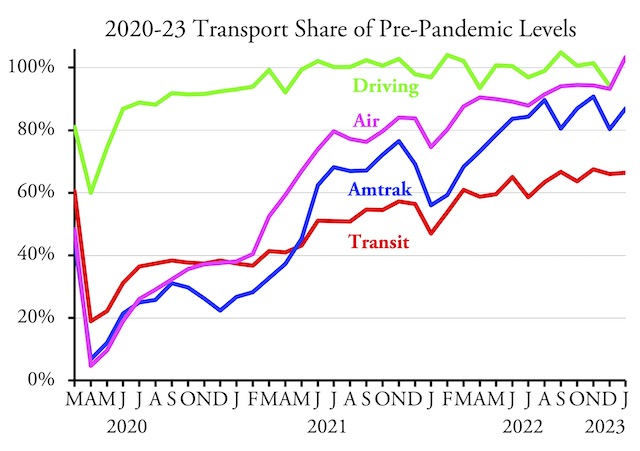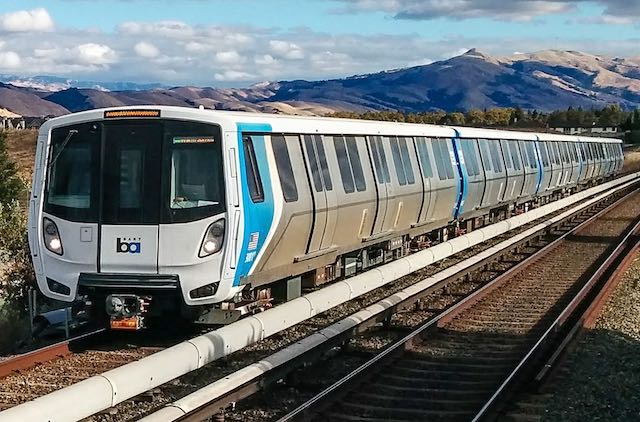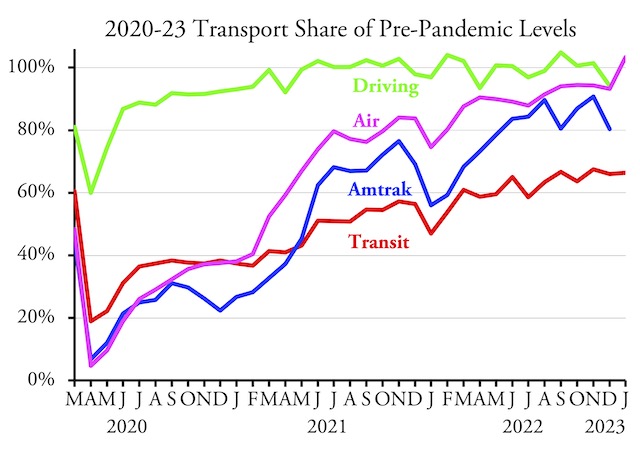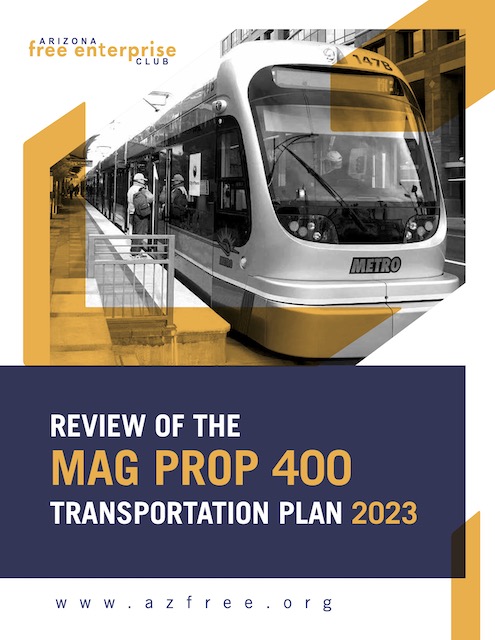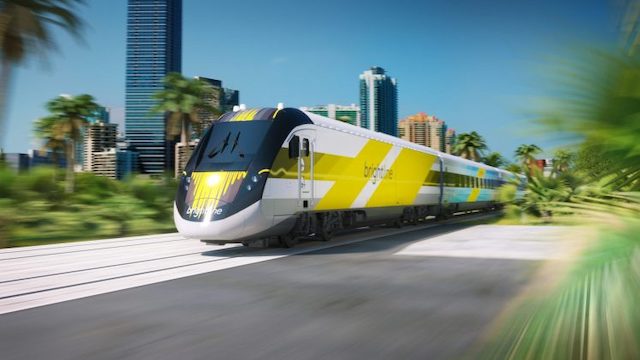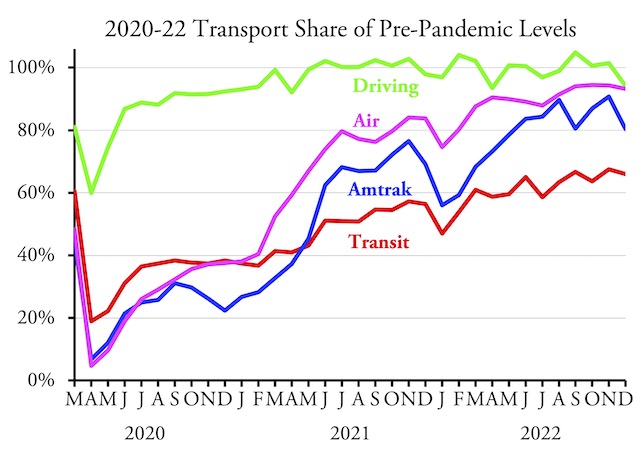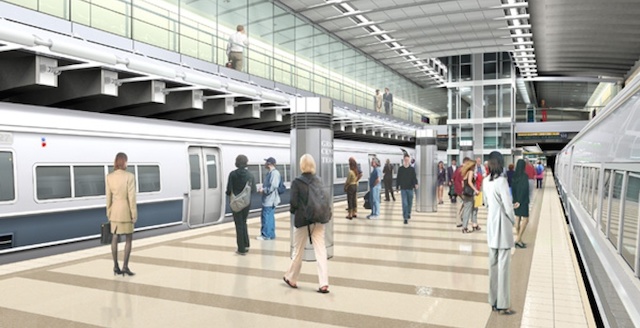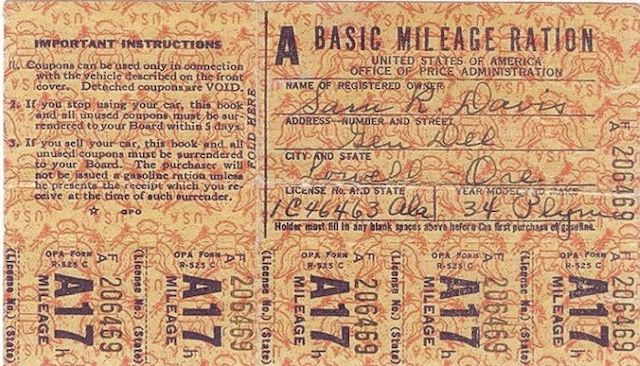Amtrak carried 87.0 percent as many passenger-miles in January 2023 as in January 2019, according to the state-owned company’s monthly performance report released earlier this week. That’s up from December’s 80 percent but down from November’s 91 percent.
Amtrak ridership seems to be bouncing around between 80 and 90 percent of pre-pandemic levels.
Amtrak’s January ticket revenues were only 83 percent of January 2019, but its basic operating expenses were 122 percent of 2019’s. As a result, its net losses were 52 percent greater in January 2023 than the same month in 2019. Continue reading

